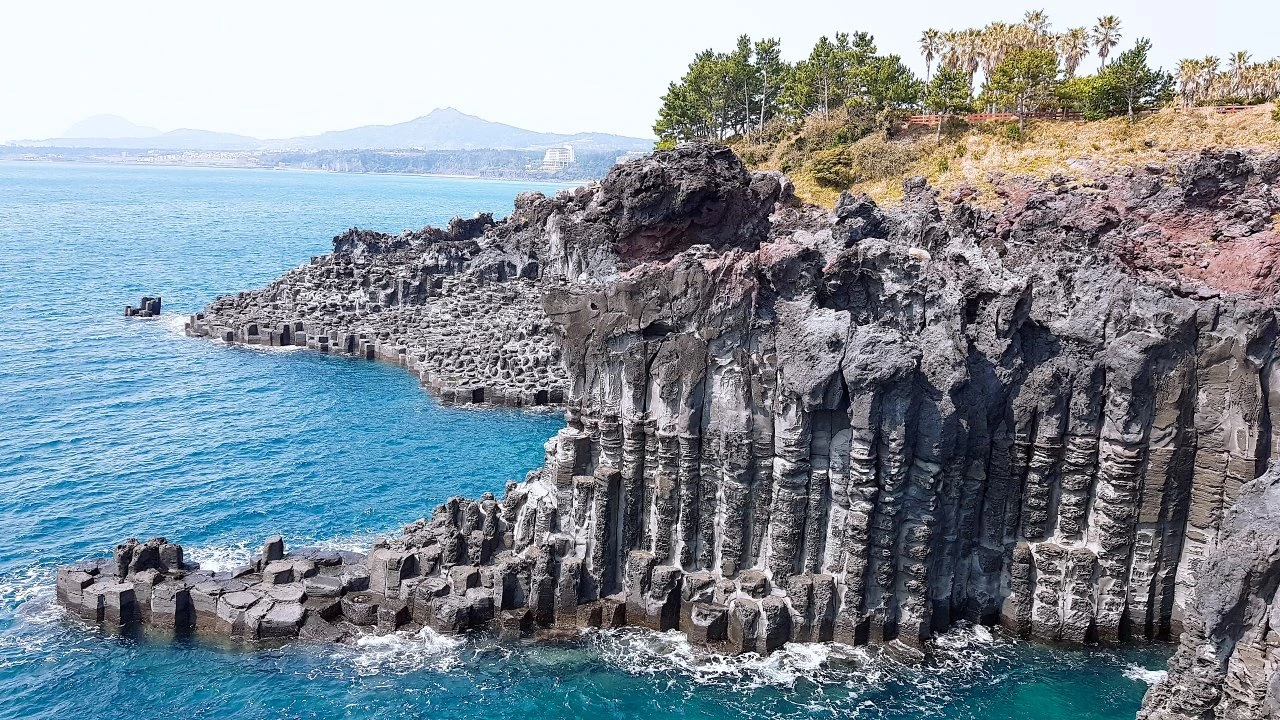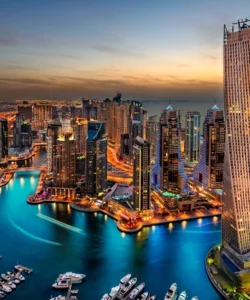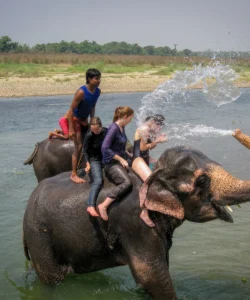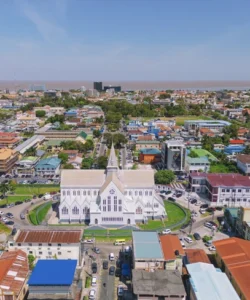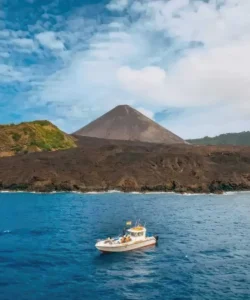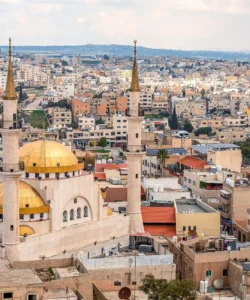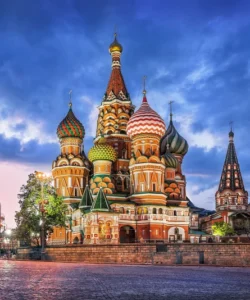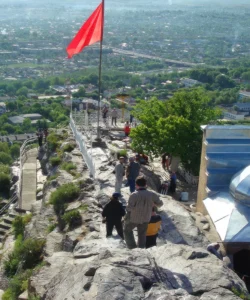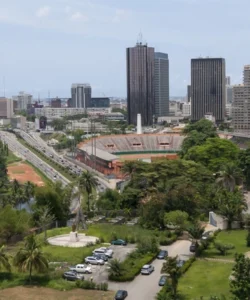Jusangjeollidae (주상절리대), also known as Daepo Jusangjeolli Cliff, is a breathtaking geological formation located on the southern coast of Jeju Island, South Korea. This remarkable natural monument showcases a stunning array of columnar basalt pillars, formed by the rapid cooling and contraction of lava as it poured into the sea during ancient volcanic eruptions. The site offers dramatic coastal scenery where the power of nature is vividly displayed as waves crash against these perfectly sculpted hexagonal columns.
![]()
Name: Jusangjeollidae (주상절리대; 柱狀節理帶, literally “columnar jointed zone”)
Address: 216 Jungmungwangwang-ro, Seogwipo-si, Jeju-do, South Korea. It is located near the Jungmun Tourist Complex on Jeju’s south coast.
How to get there:
Jusangjeollidae is easily accessible within Jeju Island, often combined with visits to other attractions in the Jungmun area:
- From Jeju City (north side of the island):
- By Bus: Take Airport Bus No. 600 (or a similar express bus) from Jeju International Airport or Jeju Sun Hotel (near Jeju City center) to the Jeju International Convention Center (ICC Jeju). From ICC Jeju, it’s a short 5-10 minute walk to the Jusangjeollidae entrance. This bus route takes approximately 1 hour to 1 hour 20 minutes.
- By Taxi/Car: A taxi or rental car from Jeju City takes about 40-50 minutes, depending on traffic.
- From Seogwipo City (south side of the island):
- By Bus: Take local bus routes (e.g., Line 181 from Seogwipo Transit Station or Airport Bus 600 from Jeju World Cup Stadium Bus Terminal) to Jungmun Transit Station or ICC Jeju. The journey takes about 15-25 minutes, followed by a short walk.
- By Taxi/Car: A taxi or rental car from Seogwipo City is a quick 15-20 minute drive.
Landscape and Architecture:
Jusangjeollidae’s “architecture” is entirely natural, a stunning testament to geological processes:
- Hexagonal Basalt Columns: The defining feature is the meticulously formed hexagonal (and sometimes rectangular or pentagonal) basalt columns that rise vertically from the ocean. These pillars are incredibly uniform and appear as if they were precisely carved by a giant sculptor’s tool, stacked tightly together like giant stairs or organ pipes.
- Volcanic Origin: These formations are a direct result of volcanic activity. When thick molten lava flowed from Hallasan Mountain (Jeju’s central volcano) and rapidly cooled upon contact with the sea, it contracted and fractured in these characteristic polygonal patterns.
- Crashing Waves: The dynamic interaction between the powerful ocean waves and the resilient basalt columns is a central part of the experience. Large waves crash against the cliffs, often sending spray high into the air, creating a dramatic and mesmerizing spectacle.
- Coastal Walkways and Observation Decks: To allow visitors safe and optimal viewing, well-maintained wooden and concrete walkways, observation decks, and platforms have been constructed along the cliff edge. These allow for various vantage points, including looking directly down into the columnar joints and out across the open sea.
- Lush Coastal Vegetation: The cliffs are often topped with green coastal vegetation, providing a beautiful contrast to the dark basalt.
- Panoramic Ocean Views: The site offers sweeping panoramic views of the South China Sea, creating a serene and expansive natural backdrop.
What makes it famous:
Jusangjeollidae is famous for:
- Unique Hexagonal Basalt Columns: Its incredibly well-formed and extensive display of hexagonal columnar joints is a rare geological phenomenon and its primary claim to fame. It’s often compared to other famous columnar basalt formations like the Giant’s Causeway in Northern Ireland.
- Dramatic Scenery: The sight of powerful waves crashing against these perfectly sculpted rocks creates a breathtaking and unforgettable natural spectacle.
- Volcanic Island Feature: It is a prime example of Jeju Island’s unique volcanic geology, which has earned the island its UNESCO Global Geopark and World Natural Heritage status.
- Photography Hotspot: The unique rock formations, combined with the dynamic ocean, make it an incredibly popular and photogenic location for visitors.
- Accessible Natural Wonder: Despite its dramatic appearance, the site is very accessible with well-maintained paths and viewing platforms, making it enjoyable for all ages.
Differences from some other wonders:
Jusangjeollidae stands out from other natural wonders, particularly other geological formations or coastal attractions, in several distinct ways:
- Perfectly Formed Hexagonal Columns: While columnar jointing exists in many volcanic regions globally, the sheer uniformity, size, and extensive display of hexagonal basalt columns at Jusangjeollidae are particularly remarkable and aesthetically pleasing, making them an exceptional example of this geological phenomenon. This distinct geometric precision is a key differentiator.
- Active Wave Interaction: The constant and often powerful crashing of waves directly against these specific columnar cliffs creates a dynamic and immersive sensory experience. Many other columnar joint sites might be inland or in calmer waters, lacking this active, dramatic interplay.
- Direct Visual Link to Volcanic Formation: The site clearly illustrates the direct result of lava cooling rapidly in the sea, allowing visitors to visually grasp a geological process in action (albeit ancient). This direct demonstration of volcanic sculpting is more pronounced than in some other volcanic landscapes.
- Contrast with Jeju’s Other Volcanic Wonders: While Jeju Island as a whole is a UNESCO World Natural Heritage site for its volcanic features (including Hallasan Mountain and Manjanggul Cave), Jusangjeollidae focuses specifically on this unique coastal columnar jointing, offering a distinct type of volcanic landform experience compared to crater lakes or lava tubes.
- Aesthetic Quality: Beyond its scientific significance, the sheer artistic beauty and regularity of the formations give them an almost man-made perfection, inspiring awe and often leading to comparisons with architectural or sculptural works, despite being purely natural.
In essence, Jusangjeollidae is a captivating natural wonder on Jeju Island, a stunning testament to the raw power and artistic precision of volcanic forces, offering a unique and unforgettable coastal experience.
